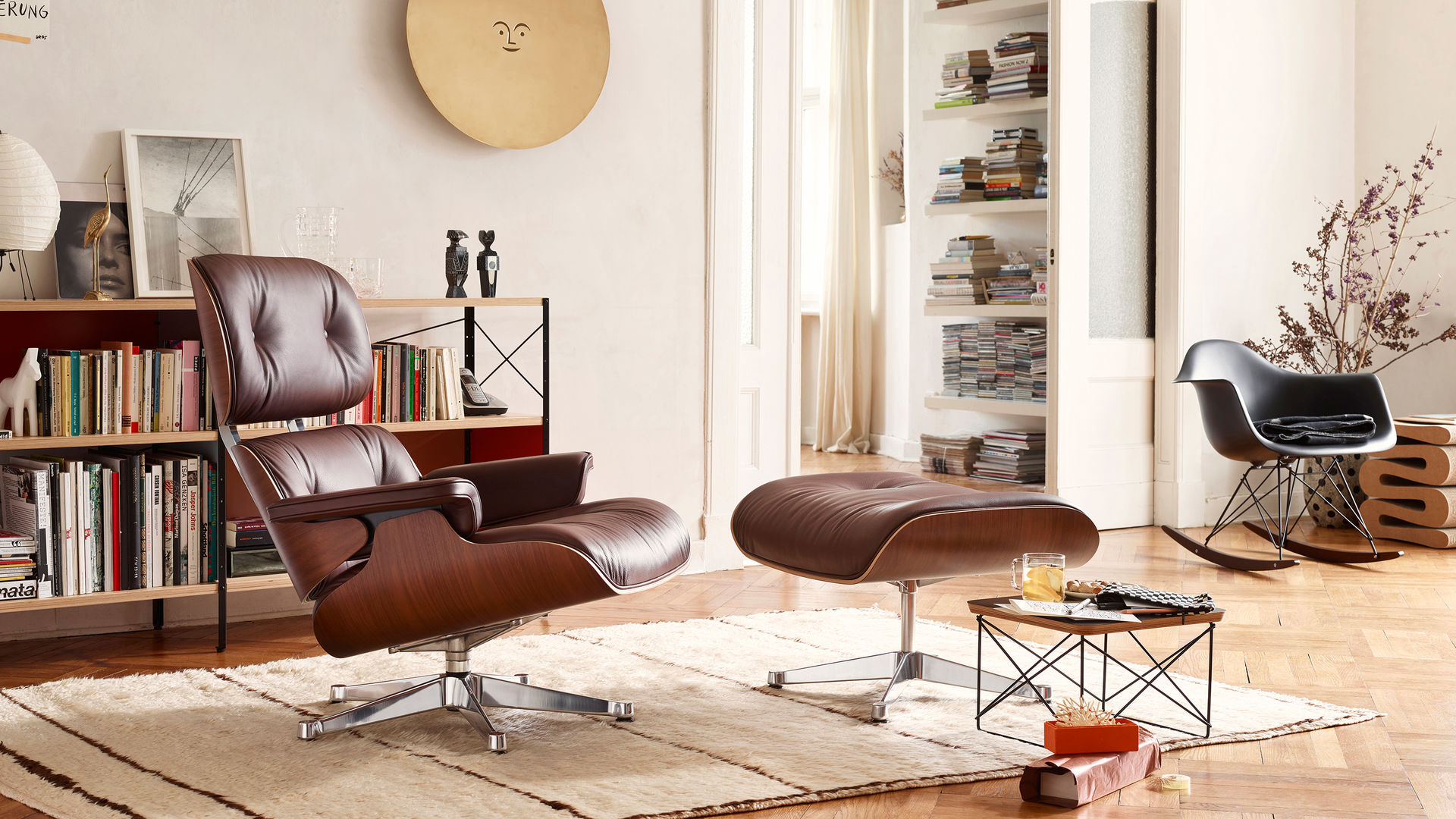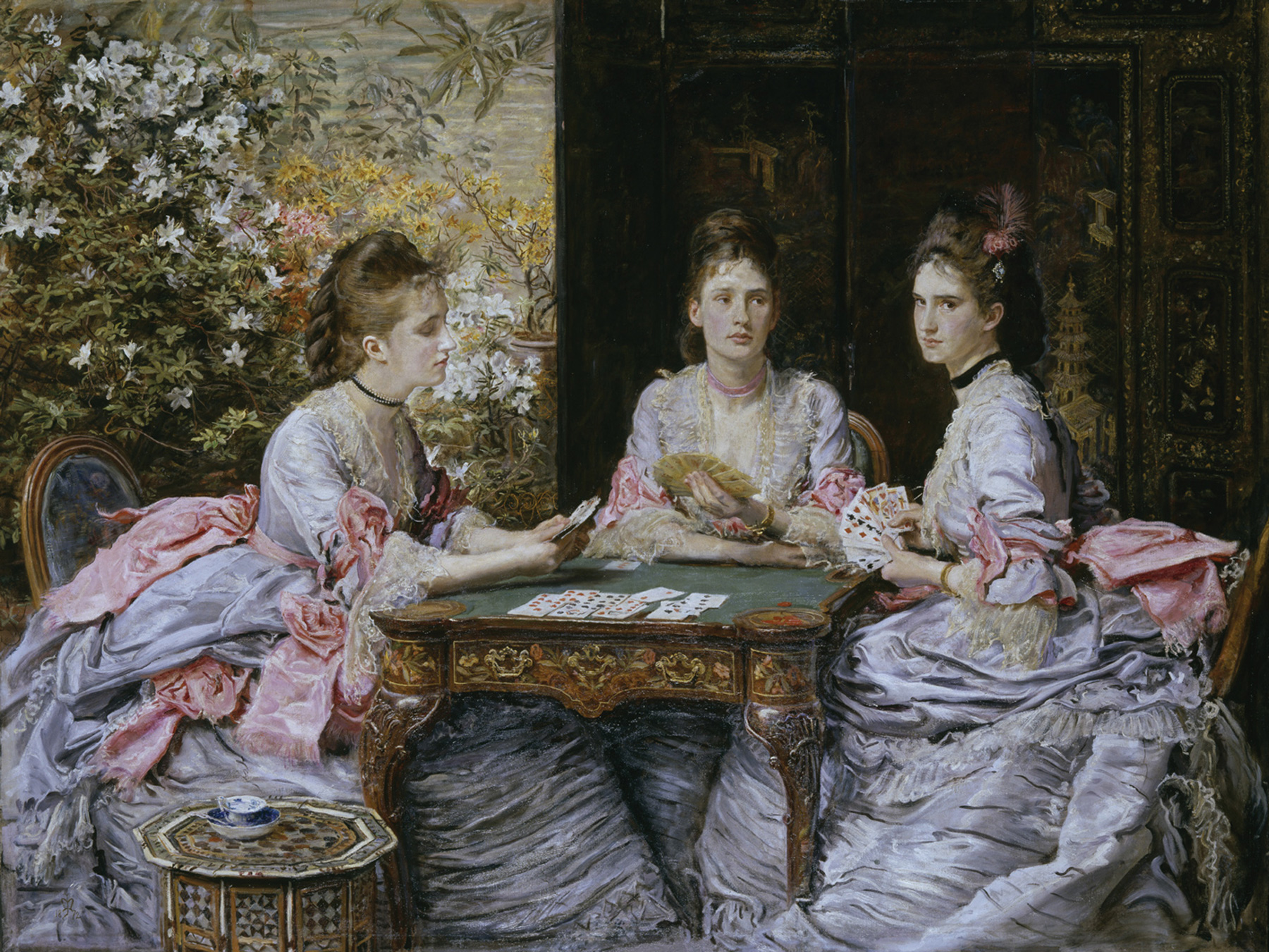Having to choose between different shades of cream can feel startlingly absurd to the layman. It’s always a saddening experience to put fabric samples against the window only to find that even sunlight is no cure for philistine indifference. Renovating truly is a laborious endeavor, especially for those imbued with more phlegmatic or flighty temperaments. Fortunately for me, such woefully meticulous days are soon to be gone. After two years of rebuilding our childhood home, this Tan family is finally moving back to where we belong. However, just as the furniture arrives, just as the floors are polished and the architectural vision materializes, I feel somewhat obliged to confess that I’ve spent most of these two years observing the work around me than actually helping out.
One of my deepest points of fascination is the specificity my parents have in the curation of our new home. In the age of lifelong learning and endless self-improvement, it is perhaps unsurprising that people approach interior design with that same spirit of aggressive perfectionism. This renovation fever only seems to be more intense in congested cities like Singapore or Hong Kong, where the suffocating squeeze of a growing middle-class can amplify the appeal of beautiful home. In school, the workplace and even their morning commute, city-dwellers have to wrestle for space and commit themselves, no matter how reluctant, to ugly competition. This provides for a social environment thoroughly deprived of autonomy, an overgrown, oppressive greenhouse where private space serves as one of our only defenses against the Marxist foretelling of an estrangement from our Gattungswesen ("species-essence").
Home is where we strive to restore ourselves; where we attempt to shake the alienation of a dead-end job or superficial interactions. Home, according to Chong Bong Gyun, a multimedia artist in Brooklyn, is where we are allowed to 'retain control.' Speaking to Lost and Found films, Chong explains that he collects random art and antiques to live amongst because it allows his home to feel like 'an island, without the disruption of people.' The growing encroachment of the outside world into our inner lives means that personal space is more valuable to us now than ever before. The sprawl of technology has made us all involuntary audiences to Kim Kardashian’s behind, installing us as tireless targets for advertising and perpetual dwellers of public space. We are incessantly being presented with new information to process, explaining, in part, why so many of us relish the comforting familiarity and resounding peace of entering our rooms and locking the doors behind us.
"Home is where we strive to restore ourselves; where we attempt to shake the alienation of a dead-end job or superficial interactions."
Of course, some part of this societal obsession with real estate is also motivated by materialism, by that inescapable desire to flaunt status and wealth. Yet, to say that people build homes just to impress distant relatives would be a reductively lousy caricature. If the past year has made anything apparent to me, it is that the act of renovation often serves as its own reward. It’s been unnerving to see my usually placid mother obsess over bathroom designs and curtain hooks but comfortingly enough, I never once got the sense that she was undertaking any of this unwillingly. She, like everyone else, houses an inner artist and possesses her own unique aesthetic. Observing her made me realize that coordinating material, design, form and utility can evoke an organic sense of satisfaction that comes as a precious opportunity to the banker-who-once-dreamed-of-ballet or the teacher-who-once-wanted-to-paint.
Other than serving as an acceptably sensible outlet of suppressed artistry, interior design can also be an exercise in articulating what writer, Rebecca Solnit, coined the ‘intelligence of objects’. Solnit concedes that in the modern context, materialism often refers to the collection of items with the aim of asserting affluence. However, she also urges us to consider materialism as a process of sensory appreciation; as a more literal interaction with the materials of this world. She explains that there is value, spiritual and otherwise, in feeling the serene coolness of marble on skin, in perceiving the lushness of velvet or the crispness of cotton. When we struggle to choose between a table of teak and oak, it is because of a preordained acknowledgement that ‘all things communicate’, that all things have the potential to enrich life but only if they are sampled and harmonized with the greatest acumen.
So part of the joy that draws people to refine their living space is the actual act of doing so. The process of renovation can be addictively satisfying, as can indulging in the imagined possibility of a perfect home. In her latest book, The Encyclopedia of Space and Consciousness (2014), Solnit posits that our homes are ‘the stage set for the drama we hope our lives will be or become’. Our fixation with tweaking our environment is more than just the restless fidgeting of a bored generation; it is also a manifestation of our abiding hope ‘that everything will be all right, that we will be loved, that we will not be alone, that we will stop quarreling or needing to run away, that our lives will be measured, gracious, ordered, coherent, safe.’ Houses, Solnit writes, ‘are vessels of desire, but so much of that desire is not for the physical artifact itself.’
So in some ways, our hearts are where our homes are, rather than the other way around. This notion is particularly moving to me, not just because it was delivered in Solnit's alluring lyricism, but because, overwhelmingly, I know it is true. Whenever my parents recount the time that they bought this house in 1993, they always speak with such an uncharacteristic wistfulness. Their voices ring with pride, nostalgia and vestiges of longing when they talk about the first time they saw this cul-de-sac and imagined what it would be like for their three baby children to run and cycle and grow along these broad streets. There must have been such an authentic and palpable happiness for those two young working adults looking towards a new life, a happiness which I am sure is replicated every day, across the world.
The dreaming that accompanies homeownership can really invoke a heady sense of hope. However, as with all things intoxicating, it also puts us at risk of delusion. Life at home is immutably important to many of us, which is why it can pose a deep vexation that familial dynamics are often the most profound and difficult to navigate. Making our parents proud, keeping our children safe, loving and being loved – these are difficult duties which we, understandably enough, tend only to confront with some degree of tentativeness. Hence, we tinker endlessly with the architecture of our homes, using renovation as ‘the eternally postponed preliminary step to taking up the lives we wish we were living’. It is perhaps a necessary indulgence, even a noble naïveté, for us to believe that the right desk will inspire better work; that symmetry will create jovial chatter; that really, it all just lies in the ‘color and the getting.’
These projected ideals are part of why entering someone else’s home for the first time can feel peculiarly intimate. On a conscious level, our living spaces often represent the identities we hope to internalize. Young girls paste portraits of Frida Kahlo with the same intentions of fresh grads who artfully place their Proust and Homer lying around. Office workers scrupulously display travel souvenirs to show that unlike balding, stressed-out John in the next cubicle, they still have their bohemian spirit.
So some facets of our homes are orchestrated images, but even more are unintentional infractions into our habits, hopes, things too personal to even articulate. Joseph Pla, masterful essayist, once said of his good friend, Salvador Dali’s home, ‘there is nothing traditional, nor inherited, nor repeated, nor copied here. All is indecipherable personal mythology…’ Few of us are as enigmatic as Mister Dali, but surely, many of our homes still read to some extent, like unintelligible narratives, like poetry, like art. Only a poet knows the significance of every comma in his work and only an artist understands the story behind each flick, each shade, each bump in his canvas. Our rooms are the same—intimately known by us, but endlessly abstract to the external eye.
Perhaps this individuality is exactly what draws us to building and renovating our homes. It is the opportunity to engage at length with ourselves; to form the impenetrable language of inner thought and partake in a reality where we are quite literally the centre of the world. It is empowerment in a delightful, tangible form and instead of grabbing it by the horns, I’ve gone and wasted all my time watching.





